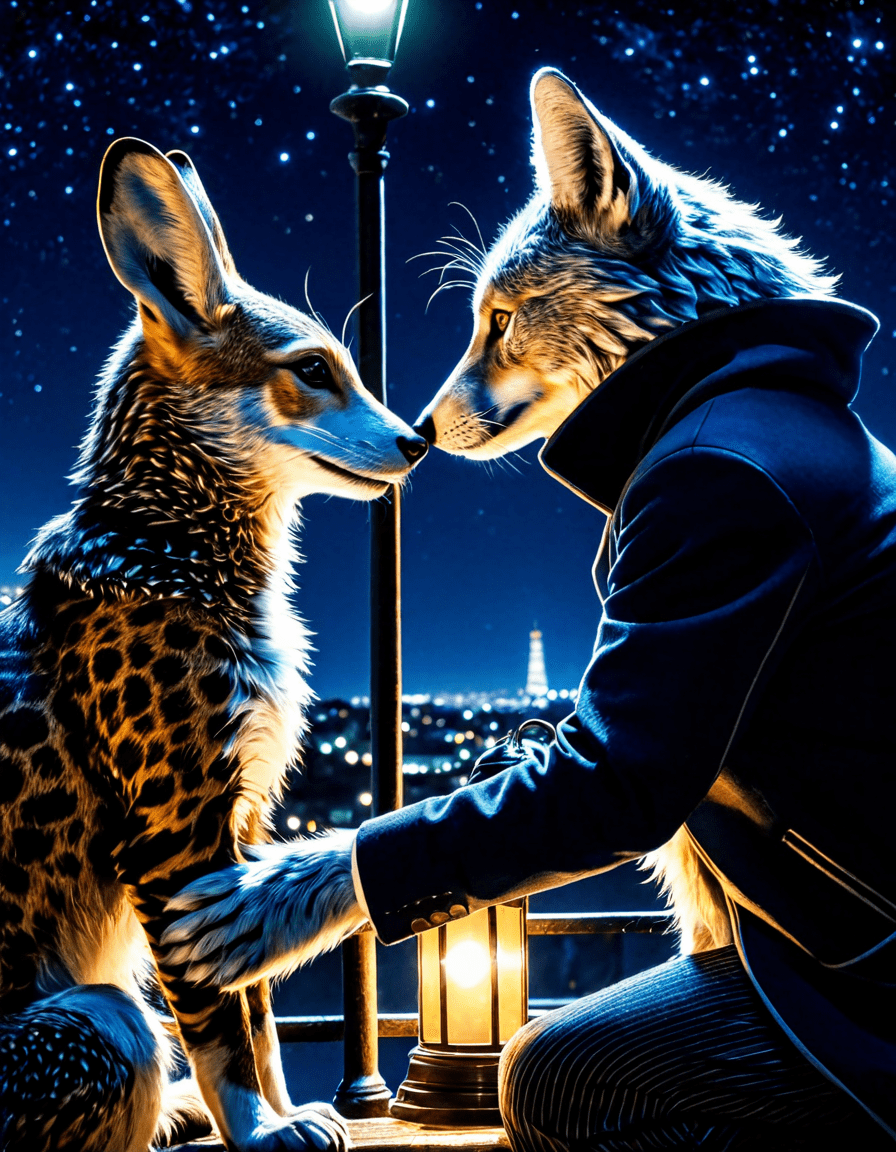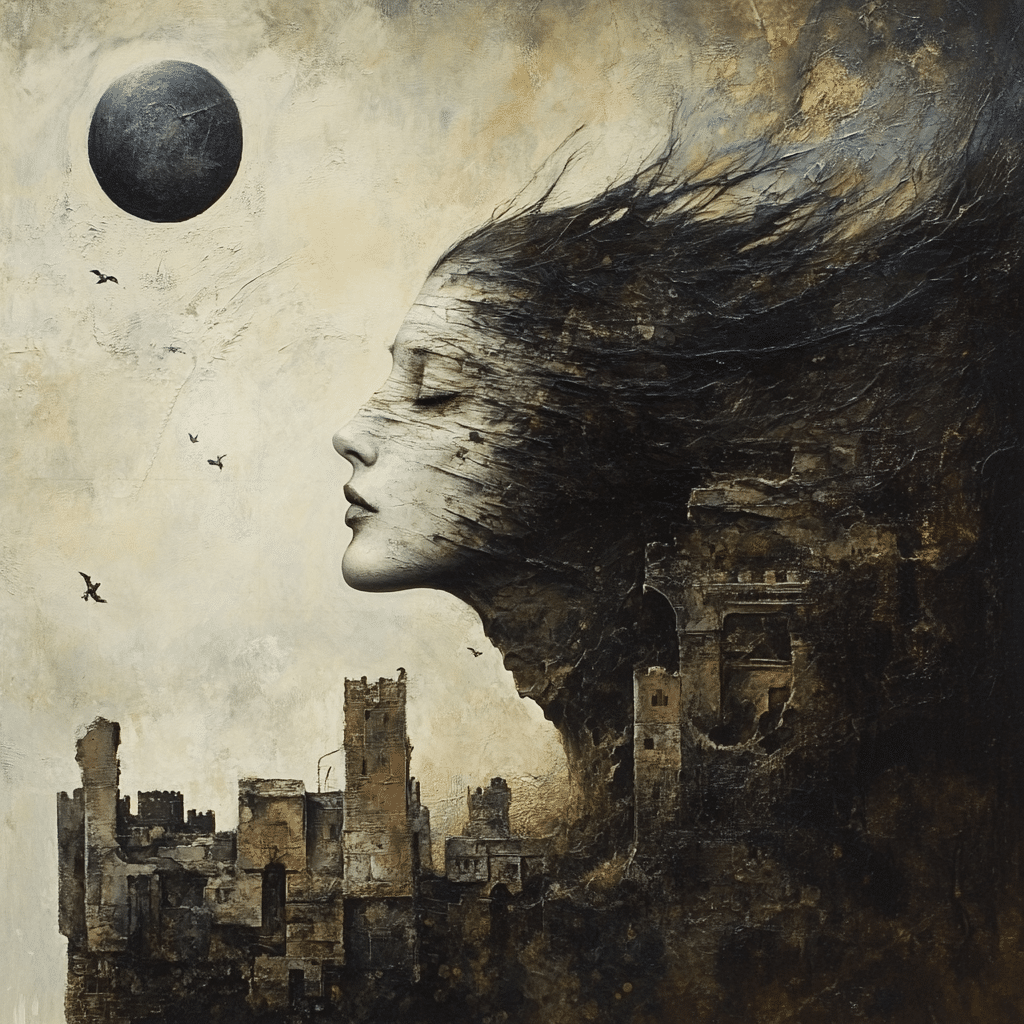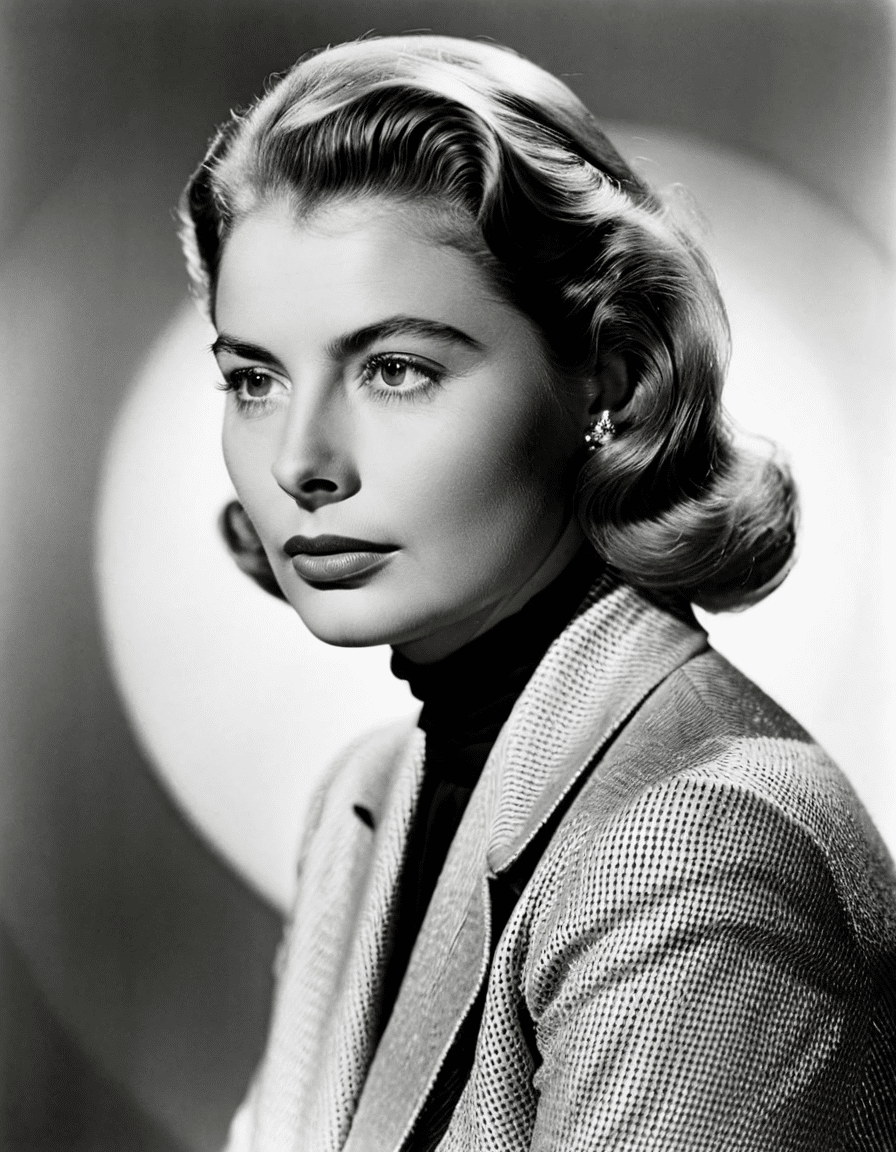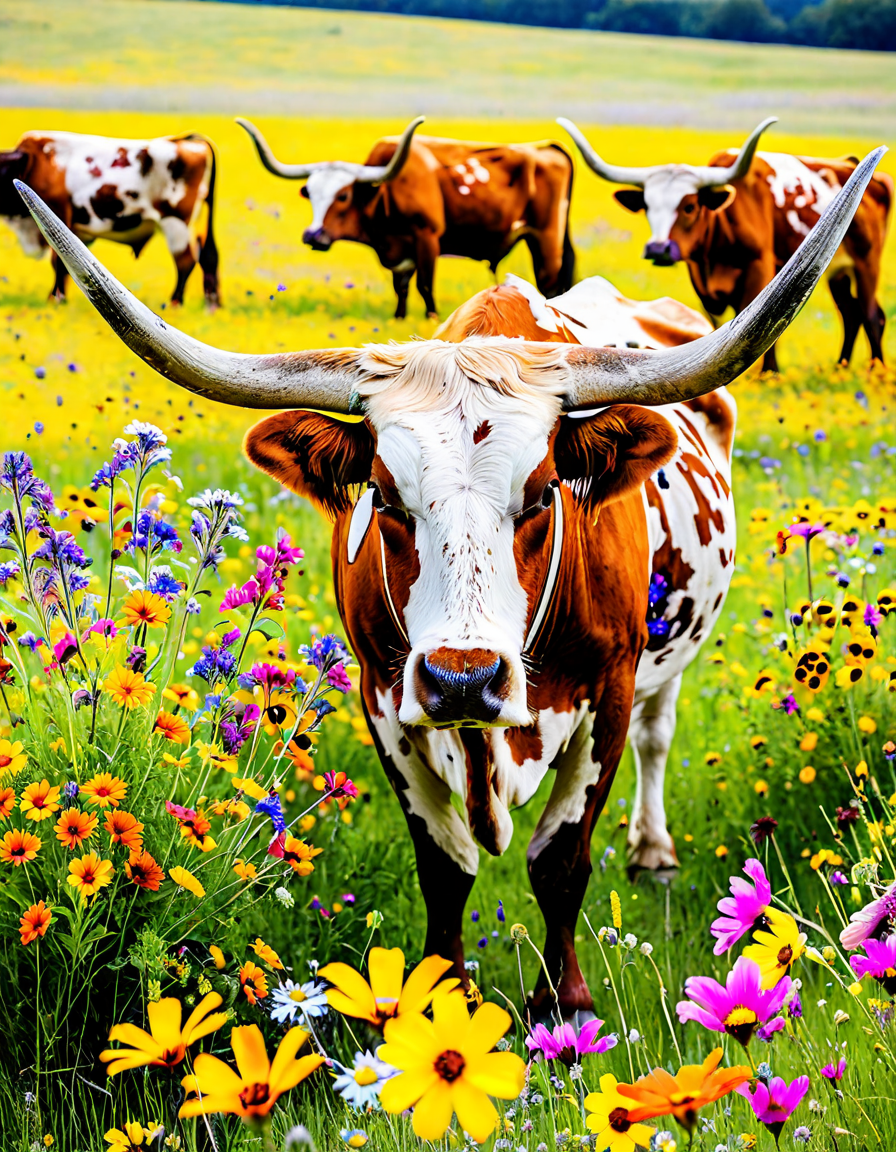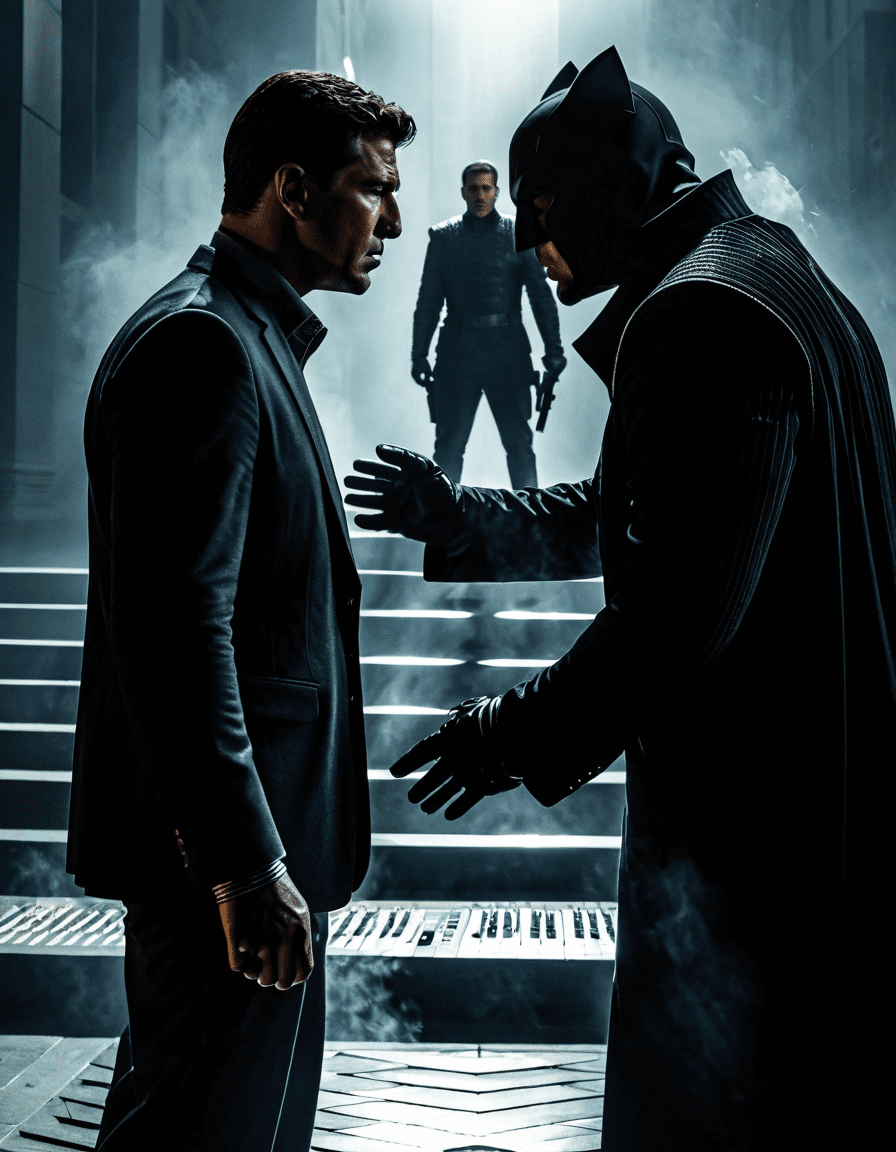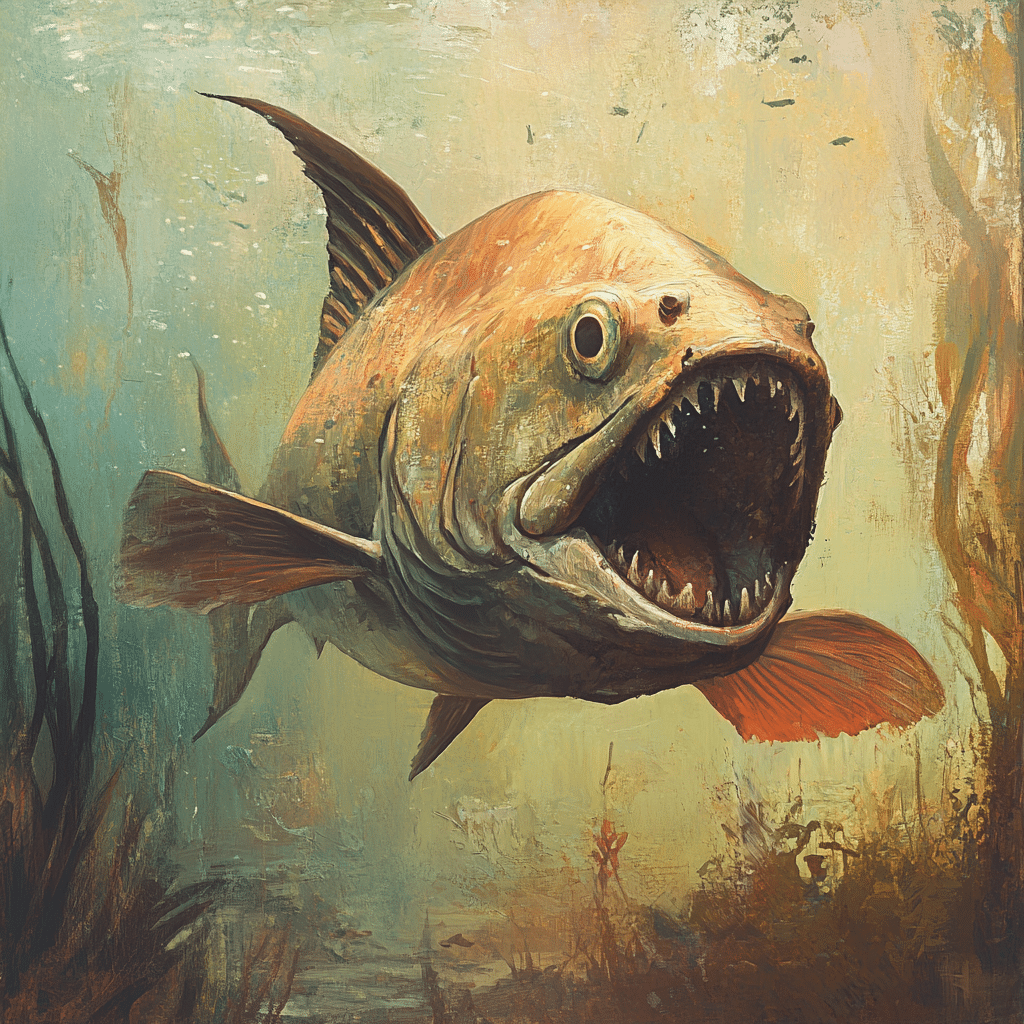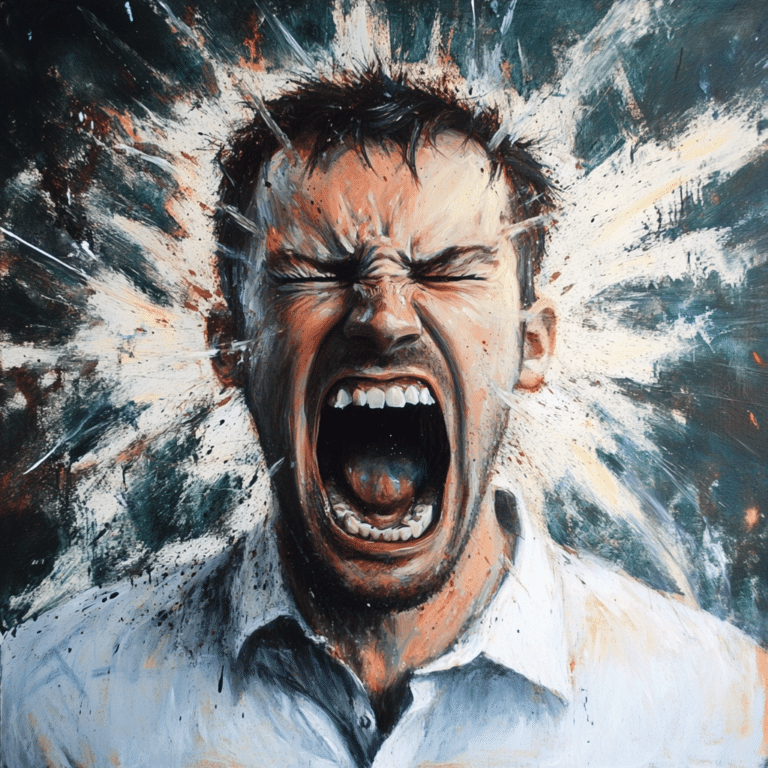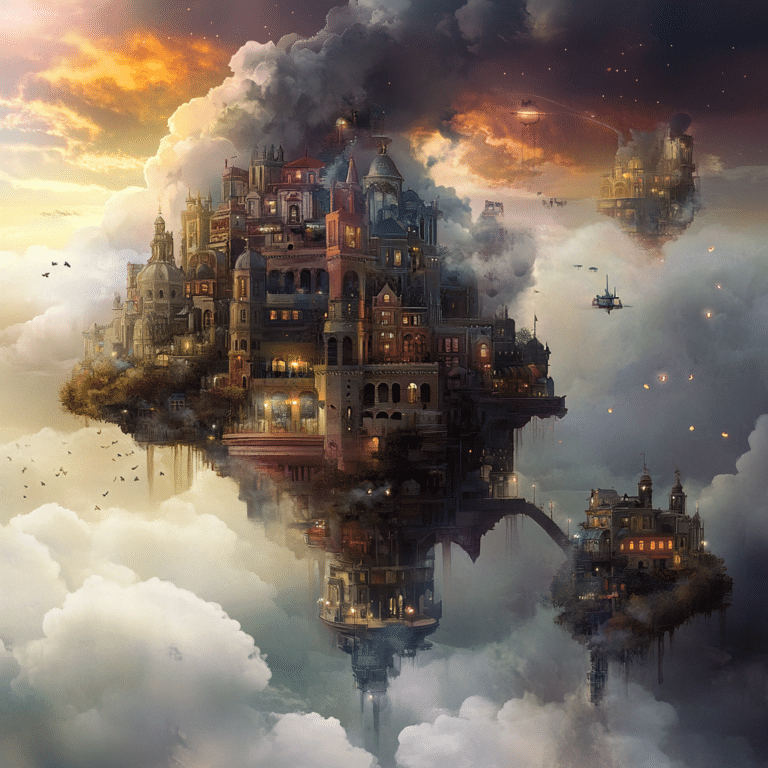In the vibrant land of Beastars, love isn’t just a feeling. It’s a battleground where characters face the challenges of identity and societal expectations. Imagine a school where predator and prey coexist, like a gray wolf and a white rabbit trying to navigate their budding romance. Sounds intriguing, right? This relationship between Legoshi and Haru dives deep into fundamental questions about love—can it truly flourish when societal norms scream otherwise? Let’s pull back the curtain on the complexities of love and identity woven throughout this animation treasure.

The Duality of Species: Love Across Boundaries in Beastars
Beastars serves up a unique twist on romance that makes you chuckle and reflect. The relationship between Legoshi and Haru isn’t just about sweet nothings exchanged between a wolf and a rabbit. It’s about the struggle against species boundaries. Think about it: a wolf’s instinct is to hunt, but Legoshi finds his feelings for Haru blurring those lines. The series cleverly juxtaposes interspecies love with societal judgments, inviting viewers to ponder whether true intimacy can thrive amidst such chaos.
Consider how Legoshi’s inner turmoil becomes a proxy for society’s views on love. It’s a classic case of “what can love overcome?” Yet, their love isn’t perfect; they wrestle with biases surrounding them, presenting a visceral experience that resonates with anyone who’s ever fought against external pressures to pursue their true feelings. So, grab a snack, settle in, and get ready for an emotional rollercoaster every episode. And who doesn’t enjoy a good classic wolf-Romeo and rabbit-Juliet tale?
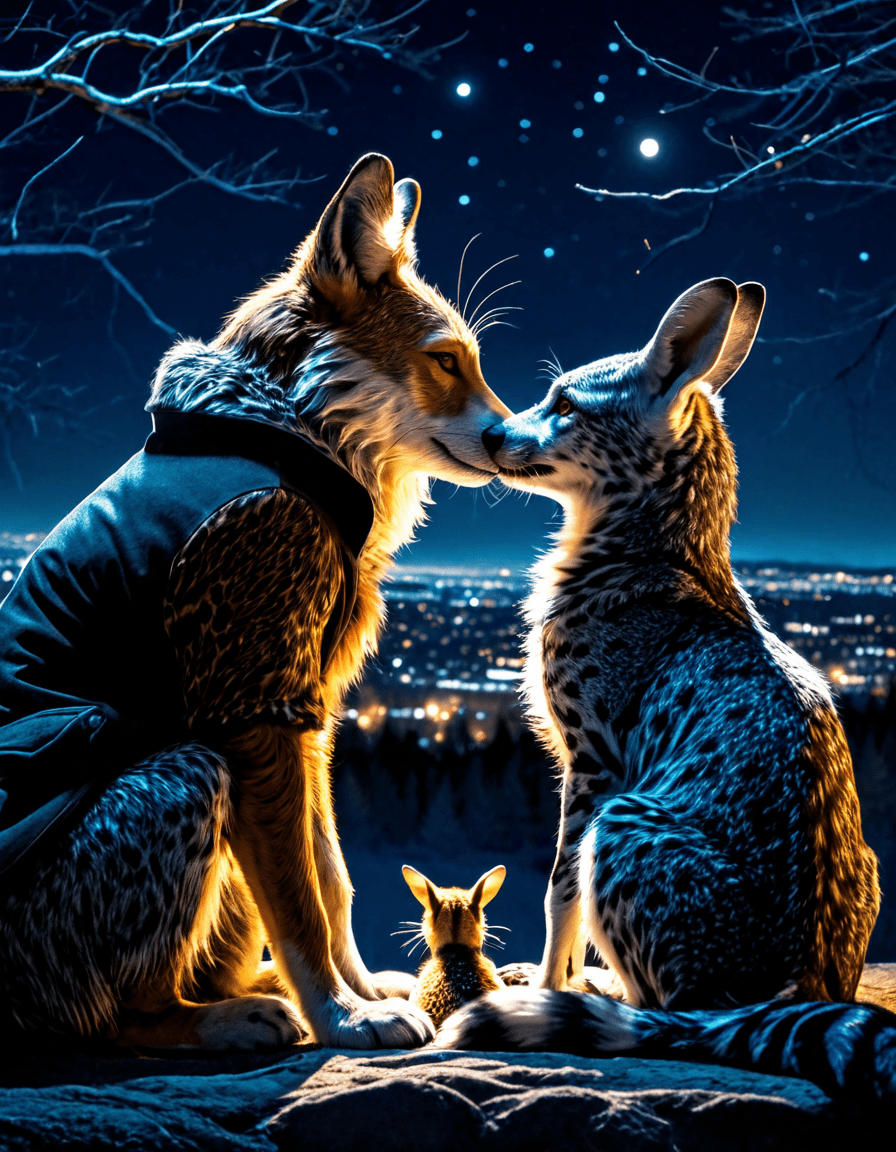
Identity Crisis: Characters Struggling to Define Themselves
As we meander through Beastars, we meet characters like Louis, a red deer par excellence. His storyline embodies an internal conflict, battling against the expectations of being a top-tier species. Louis seems like he has it all—charisma, leadership—but deep inside, he wrestles with insecurities that make viewers root for him. Does he truly embrace his individuality, or is he shackled to the role society carved out for him?
This struggle strikes a chord for many viewers. We live in a world where societal norms often dictate how we act, feel, and even love. Louis’s journey invites us to reflect on our paths and encourages us to ask ourselves: are we living authentically or merely conforming? If you’ve ever felt torn between who you are and who you ought to be, this show taps straight into that vein.
It’s neat how each character’s identity exploration mirrors our personal quests for self-discovery. The pangs of wanting acceptance while longing for individuality become dinner table discussions, making us feel less alone in our struggles.
The Role of Social Hierarchies in Beastars’ Narrative
Dive into the social structures of Beastars, and you’ll see an intricate dance between predator and prey that reflects real-life social hierarchies. The strict predator-prey dynamic offers a commentary that feels painfully relevant today. Legoshi, a predator, must confront his animal instincts while navigating his feelings for Haru, a delightful herbivore. Their interactions shed light on how power dynamics can play out in everyday life.
When Louis interacts with other characters, the series showcases biases that exist in society, echoing things like class inequality and racial tensions. These themes prompt heart-pumping excitement and thought-provoking questions about privilege. Are our judgments rooted in mobility on a social ladder, or do we genuinely connect with others? The rabbit-hole of these conversations keeps us thinking long after the credits roll.
Ultimately, Beastars isn’t just about animated animals pursuing love; it’s about dissecting the complexities of relationships shaped by societal expectations. These characters navigate their paths with fears and aspirations, unwilling to simply fall prey to the hierarchies around them.
The Impact of Environment on Identity and Relationships
The scenery in Beastars plays a leading role, shaping the characters as powerfully as their interactions. From the bustling Cherryton Academy hallways to dark, alley-like adventures, the environment cradles their journeys of growth. Take Legoshi, for instance; his transformation from a shy, introspective wolf to someone daring to reach out for connection symbolizes the quest for self within a bustling world.
These locations aren’t just pretty backgrounds; they beam possibilities onto the characters. As Legoshi grows, much like the cherry blossoms that grace their school, he learns the importance of embracing change. The environment’s evolution mirrors his—sometimes he feels confined, while other times liberated through his surroundings, shaping his approach to relationships.
Beastars effectively illustrates that our settings don’t just entice our eye but continue to mold who we become. The layers added through these environments deepen the plot and provide crucial perspectives that enhance emotional connection and interpretation.
The Artistry of Beastars: Visual Storytelling and Symbolism
Step into Beastars, and you’ll not only see stories unfold through dialogue but through stunning visuals that pack an emotional punch. If art could speak, this animation would tell tales of vulnerability and love through colors and unique character designs. Each frame captures critical moments as artists use deep tones during tension and bright hues in joyous interactions. This artistic choice tugs at viewers’ heartstrings, immersing them deeper into characters’ internal conflicts.
Symbolism flows abundantly in this series. Those adorable cherry blossoms represent life’s fleeting nature and are a persistent motif throughout our viewing journey. It’s this well-crafted symbolism that evokes emotions beyond mere dialogue, inviting audiences to ponder its meanings. Each blossom reminds us that relationships can be beautiful yet transient, begging us to cherish them fully while they last.
The animation of Beastars is as much a storytelling device as the plot itself, presenting layers of narrative that keep viewers glued to the screen and their hearts in their throats.
The Psychology of Predation: Attraction and Fear in Beastars
At the core of Beastars lies a rich exploration of predation—not just in the literal hunting sense but in the psychological layers embedded in attraction and fear. Characters continually navigate their fears regarding love; are they pursuing intimacy or merely falling into a trap? This duality is powerfully depicted in Legoshi’s and Haru’s relationship, where feelings of desire clash with anxiety over inherent instincts.
Take Louis, who grapples with his place at the top of the social hierarchy. His perception of dominance creates a fascinating tension, especially concerning expectations tied to his character. Does he truly want to lead, or are the pressures pulling him away from his desires? These dynamics spark our considerations around love and vulnerability, presenting scenarios that draw parallels in our lives.
In a society where dating can feel like a game of predator versus prey, Beastars offers introspective takeaways. It challenges viewers to look within themselves and confront their fears around love. This blend of attraction and anxiety resonates so deeply; it’s like a mirror reflecting our own romantic entanglements.
A New Narrative on Love and Identity
In conclusion, Beastars stands out by intertwining themes of love, identity, and social commentary. The series draws upon experiences that resonate with viewers, reflecting our own struggles and triumphs in navigating identity. These layered characters invite us to consider our own lives more deeply, asking whether we conform to society’s molds or bravely carve our paths.
As we analyze love through this anthropomorphic lens, Beastars shows us that, despite the complications and heartaches, love remains a unifying force vital for self-discovery and connection. So, when you settle on your couch to binge-watch this thrilling series, remember you’re not just indulging in fantasy. You’re stepping into a mirror showcasing human emotion, identity, and the complexities of love. Sit back and enjoy the ride while pondering just how relevant those allegorical lessons are in today’s world!
Our hearts are, in many ways, just like those charming cherry blossoms—delicate yet capable of extraordinary beauty.
Beastars: Love, Identity, and Surprising Facts
The Animals of Beastars
Did you know that Beastars is adapted from a manga series? It explores the intricacies of love and identity in a world where anthropomorphic animals face their primal instincts. The show cleverly mirrors real-life societal pressures, akin to the challenges faced by characters in Handy Manny, who manage their relationships in a vibrant community. Speaking of vibrant communities, each character in Beastars represents a different aspect of society, making viewers ponder: Are we all just trying to fit into someone else’s idea of normal?
Interestingly enough, Beastars has gained a significant following, similar to the fandom of Alycia Debnam-Carey movies and TV shows, where viewers connect deeply with the characters and their struggles. Beyond just entertainment, it sparks discussions about identity that resonate with many people, exemplifying how animation can tackle serious themes with finesse.
Themes that Resonate
The themes in Beastars often touch on acceptance and self-discovery, encouraging viewers to cherish their unique identities. This concept is beautifully illustrated in other narratives, like Something Borrowed, which navigates love and friendship in complicated ways. What’s fascinating is the attention to detail in the animation style that captures the emotional turmoil of its characters, reminiscent of works that dive into the human condition.
Adding another layer, Beastars echoes everyday realities, including the pressure to conform—a struggle seen in various storytelling methods, from The Road to heartfelt dramas that showcase the fight for authenticity. It’s definitely a thought-provoking ride, making one reflect on their own life choices while enjoying the show.
Did You Know?
Here’s a fun tidbit: the series’ title, Beastars, is a play on “rock stars” and “beasts,” symbolizing how each character navigates the spotlight of their lives while grappling with their instincts. Just as the cast of The Yard portrays their own struggles in a competitive atmosphere, so do the characters in Beastars, reminding us that everyone’s journey is filled with ups and downs.
Don’t forget the unique way Beastars uses humor to lighten heavy themes, creating a balance that keeps audiences engaged. Think of it as a pole dance—an art that requires balance, strength, and grace. Just like the way a US Navy ship in the South China Sea embarks on its critical missions, the characters in Beastars take journeys that test their resolve and challenge their perceptions of love and identity. Each twist brings something new, making you want to binge-watch episode after episode!
